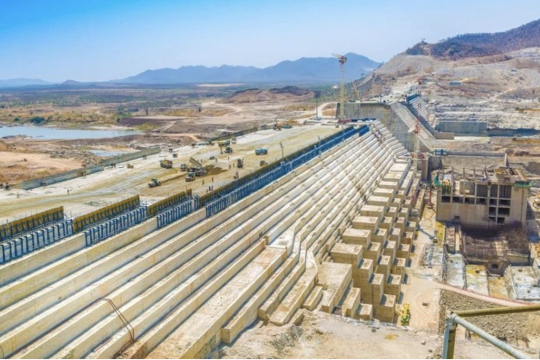Abstract
When construction of the Grand Ethiopian Renaissance Dam (GERD) is completed, the Nile will have two of the world’s largest dams—the High Aswan Dam (HAD) and the GERD—in two different countries (Egypt and Ethiopia). There is not yet agreement on how these dams will operate to manage scarce water resources. We elucidate the potential risks and opportunities to Egypt, Sudan and Ethiopia by simulating the filling period of the reservoir; a new normal period after the reservoir fills; and a severe multi-year drought after the filling. Our analysis illustrates how during filling the HAD reservoir could fall to levels not seen in recent decades, although the risk of water shortage in Egypt is relatively low. The new normal will benefit Ethiopia and Sudan without significantly affecting water users in Egypt. Management of multi-year droughts will require careful coordination if risks of harmful impacts are to be minimized.
Understanding and managing new risks on the Nile with the Grand Ethiopian Renaissance Dam
EfD Authors
Country
Sustainable Development Goals
Publication reference
Wheeler, K. G., Jeuland, M., Hall, J. W., Zagona, E., & Whittington, D. (2020). Understanding and managing new risks on the Nile with the Grand Ethiopian Renaissance Dam. Nature Communications, 11(1). doi:10.1038/s41467-020-19089-x

